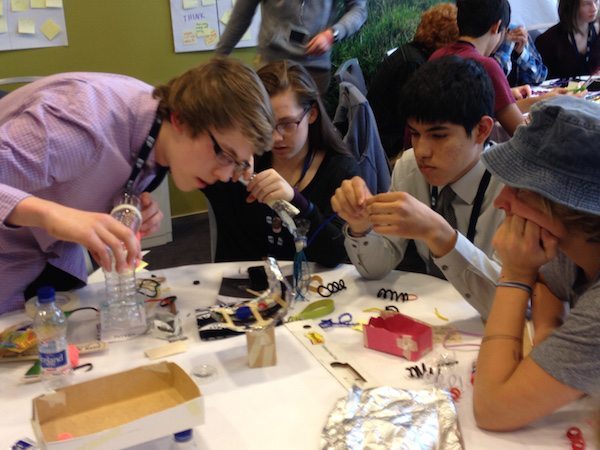I will be teaching on Project-Based Learning (PBL) strategies, and more, at a Master Class offered during the upcoming BOOST Conference.
I hope you’ll join me on Thursday, April 28, from 1:15 to 2:30 p.m., for an interactive session on “Leading for Student Engagement: How to Plan and Sustain Effective Project-Based Learning Initiatives.”
What sorts of projects might students tackle during out-of-school time? I’ve seen students design low-cost prosthetic devices to improve the lives of injured children living in a refugee camp. In the process, they developed their ability to think like an engineer and, perhaps, sparked a long-term interest in STEM. Others have made digital films that combat bullying, lobbied for sidewalks to increase pedestrian safety, or launched small businesses that fill a niche in their community. When high-interest project-based learning meets out-of-school time, the possibilities are practically endless.
Bringing PBL to informal education doesn’t happen by chance.
School leaders and program directors who are heading in this direction can learn from colleagues who have launched successful initiatives.
Here are some of their recommendations, described in detail in our new book, Setting the Standard for Project Based Learning (Larmer, Mergendoller & Boss, ASCD, 2015). To set the stage for PBL success in informal learning, consider these questions:
How Will You Build Staff Capacity?
Taking a project-based approach is likely to be new for many out-of-school time staff. They need to understand why projects are worth doing and how well-designed projects lead to meaningful outcomes for kids and communities. Your staff will benefit from ongoing professional development and project planning resources (many of which are freely available). As a program leader, emphasize the positives: Your colleagues are already skilled at building positive relationships with youth. They know kids’ interests. Those are great starting points for PBL.
High-interest projects in out-of-school time can spark students’ interests in STEM. Just ask these students, who are inventing energy-saving devices.
How Will You Make Time and Space for Projects?
Before launching into PBL, consider the current demands on your program calendar. Which activities do children and parents expect (such as homework help)? How might you leverage existing activities in the arts or sports as resources for longer-term projects? There’s no minimum time requirement for PBL, but well-designed projects allow enough time for students to dig into questions and arrive at their own conclusions.
How Will You Connect With Your Community?
Projects open opportunities for students to tackle community issues or connect with content experts. Who are your local allies? How might you engage experts for short-term help with projects? At the end of projects, when students are ready to present their ideas or solutions, be sure to invite the broader community (along with parents and extended family members). It’s an opportunity for strengthening community ties and celebrating students’ accomplishments.
I hope to see you there at the BOOST Master Class. Sign up today!

Suzie Boss is an Edutopia Blogger, a Writer and Consultant, and a Buck Institute Education National Faculty member. She resides in Portland, OR.
